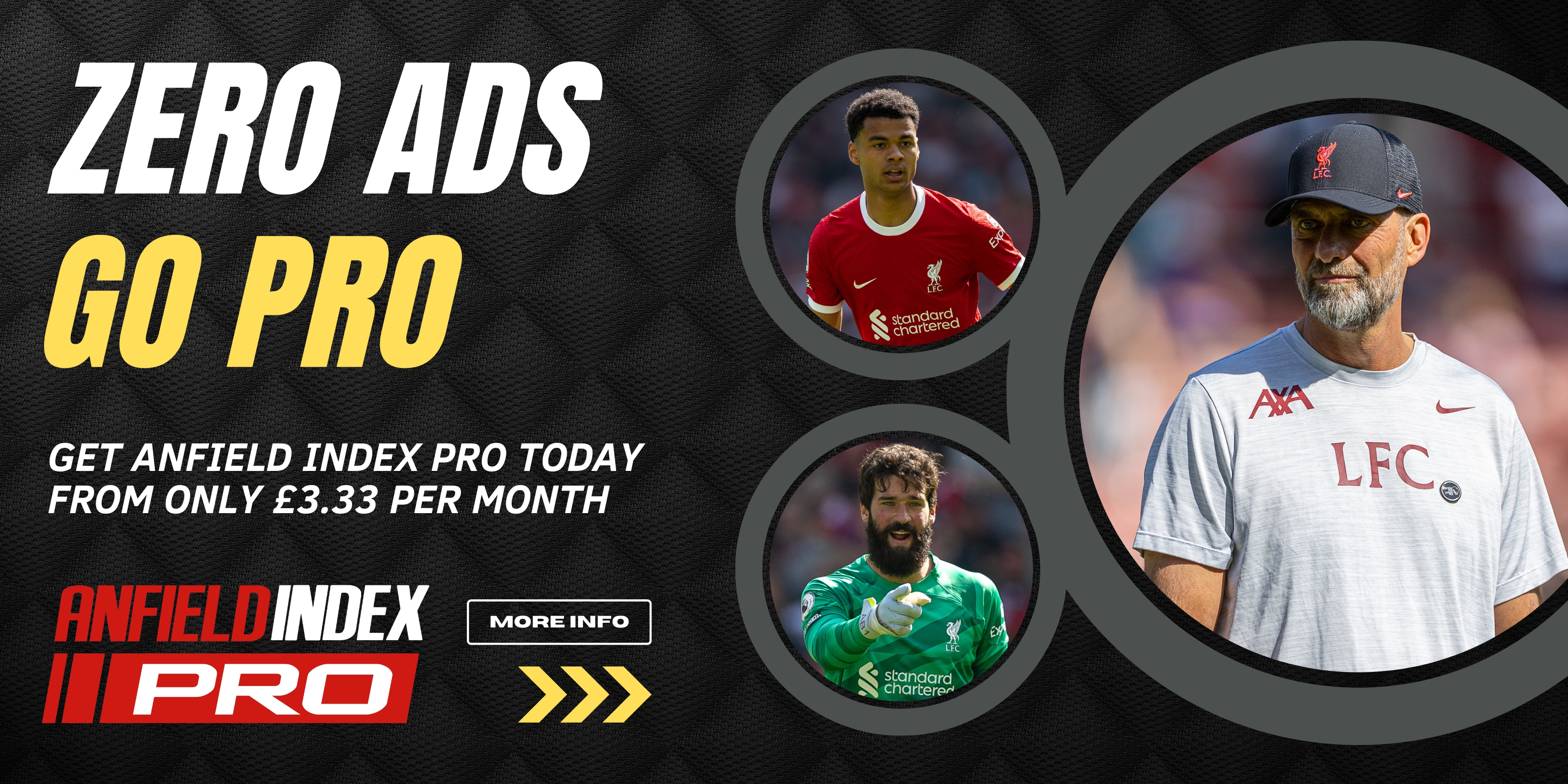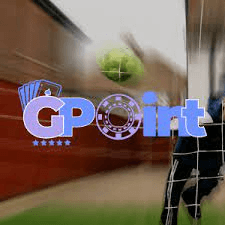Shouts for a defensive-midfielder (or more commonly termed as ‘DM’) has never been louder than it has in the summer of 2015. Gone were the days of having a defensive stalwart in midfield – the days of Graeme Souness, Dietmar Hamann, and Javier Mascherano. Varieties of midfielders have since occupied the deepest spot in midfield. These range from sub-par midfielders like Charlie Adam and Jay Spearing, to players who did not return to their best form (Lucas Leiva), and even to a legend who was thrown to the other end of the spectrum in midfield – Steven Gerrard.
The widespread perception is that the primary goal of a defensive-midfielder is to protect the back-line and this is definitely true. While midfielders have defensive duties, they are nothing compared to that of a DM’s, given that the latter is a more specialised role in terms of defensive contributions. At times, playing multiple DM’s may be seen as being ‘overly-defensive’, but this may very well just be a façade.
See, a defensive-midfielder has been played out to be an additional layer of security, protection, and safeguarding – they are seen as barriers for the defensive line, the shelter in which they take safekeeping in against any offence. But little do many know that what they once thought was a shield for a team can also double up to be (part of) a sword.
‘A good offence is a good defence’ is not a quote known by chance.
Understanding a DM Offensively
What a defensive-midfielder does in a defensive standpoint is straightforward, but can still be broken down into a multitude of aspects. However, let us leave that for another day because to understand how a DM can improve a team’s offence, we first have to examine and understanding what DM’s can do while the ball is in possession.
Defensive-Minded Positioning and Covering
Depending on the formation and team structure, a DM typically plays as (one of) the deepest midfielders. This is not always the case, however, as many deep-lying playmakers do the same as well; that’s referring to your Pirlo’s, your Schweinsteiger’s, your Modrić’s, and your Xabi Alonso’s – all of whom are not defensive-midfielders by trade but rather, they simply pull the strings from deep in midfield – so just keep that in mind.
By being the deepest midfielder in a team that is pushed-up into the opponents’ half, a DM actually leads the back-line to push forward as well. With the defensive-midfielder being slightly more conservative than his midfield compatriots are, there is a higher degree of assurance for the centre-backs to play a higher offensive line as there is another player with the onus of defending against counter-attacks, for example.

(The white arrow shows how a defensive-midfielder pushes up during an attacking phase of the team’s build-up. By remaining as the deepest midfielder among the rest with a defensively-focused aim, he may, but is not limited to roaming around the white rectangular box to act as a safety net for other midfielders. As such, the centre-backs may push higher up the pitch and add in turn, allow a higher line whilst attacking, as represented by the red arrows and circles.)
(The diagram above shows the three players – the two centre-backs and the defensive-midfielder – who may sit back to not only be a defensive contingency, but as options to reset play if needed. Players further up the pitch may opt to pass the ball back to either of the three players above to reset possession by getting it back to an option-rich area of the pitch, get out of sticky situations, and/or to draw the oppositions’ defence out in an attempt to create space up-top.)
Likewise, the full-backs or wing-backs may also be more inclined to push up their respective flanks and join in offences because of the added protection that a DM offers, be it directly or not. This is a typical set-up that works in two ways – by either having cover from the centre-back, or the defensive-midfielder himself. Nevertheless, the DM plays a huge part in either of the defensive transitions.
(Due to the core-three that remains deepest in attacking phases as discussed above, the full-backs may opt to go further up the pitch, as indicated by the red arrows. Full-backs may often choose to push up only to somewhere around the middle of the vertical length of the pitch – as per where #2 and #3 are in the diagram – but the defensive solidity that having a DM and two centre-backs playing in unison may convince them to go higher.)
(The full-backs’ corresponding centre-backs may opt to drift wide to cover them, as seen with the dotted white arrow indicating that the left-sided centre-back (#4) goes wide to cover the left-full-back’s position. This is because the defensive-midfielder (#6) can drop back to play as a makeshift centre-back – notice the white arrow leading to the white box.)
(Alternatively, the DM himself may drift wide and cover the full-back who attacked the wing, as seen with the solid white arrows. The two centre-backs would simply drop slightly deeper, moving down the vertical axis but still maintain their defensive line.)
At this point, it still seems very defensive in terms of what a DM brings to the table – I agree. That’s where the next part comes into play.
The Midfield Antics
Let’s just take a step-back to remember that a defensive-midfielder is still a midfielder. Regardless of how much of an aegis a DM is perceived to be, he definitely has a role to play in midfield, which is why he cannot be just a specialist at intercepting or a tackling virtuoso. As with any conventional midfielder, a DM must be competent in doing several things that allows him to add value to the building-up process.
Passing is arguably the utmost important trait that any midfielder should possess, which includes making the pass as well as receiving the pass, with the ability to position themselves in the best possible spot to become a viable passing option.
Similar to what a deep-lying playmaker does, after the back-line wins the ball back for the team, one of the few players who becomes the target for the outlet pass will be the defensive-midfielder, who has a handful of options at his fingertips. This means that the lack of passing ability or even the slightest bit of vision essentially destroys this role. If the ball falls to a defensive-midfielder that cannot make accurate and productive passes, the team could be in a state of perpetual defending.
Supplementary to the above is the ability to carry and dribble the ball considerably well too. A DM has the onus to link the defence and the midfield, or in other words, be a medium in which defensive efforts convert into offensive transitions. This should be done not only by his passes, but also by doing the dirty work himself. This means that a DM should be able to make the outlet pass as well as carry the ball out of the defensive third as well.
(As seen above, with the defensive-midfielder being right in the centre of the pitch but in deeper areas of midfield, he has a horizon of options he can choose to make. He may choose to pass it further forward to the midfielders ahead of him, or to wide areas and allow the full-back to take over the building-up process, both indicated by the white dotted arrows. Otherwise, a DM can take matters into his own hands and carry the ball up to pitch as well, as demonstrated with the red arrows, for example.)
After defending an attack, the team has to transition from defending to attacking. As a defensive-midfielder would typically be in a horizontal plane in between the back-line and the more advanced midfielders, he is usually one of the vertices of a passing triangle. Defenders will look to make passes to a DM, and midfielders will seek security with him too. Full-backs who push up the pitch with the ball may also lean on the DM as a step-back before taking two steps forward whenever they are not able to carry the ball further up the flank any longer.
(The diagram shows the many passing triangles formed, all centred on the defensive-midfielder. The white dotted lines show the passing lanes between defenders and the DM, while the black-coloured triangles are that of between a full-back who pushed up with the ball, a midfielder, and the DM. The yellow triangle highlights the midfield triangle taking shape.)
The underlying aim for midfielders is to be the link between defence and attack, and the aforementioned traits are necessary in achieving that aim. However, by staying back (most of the time), a DM actually frees up his fellow midfielders to push forward with more freedom. Adding more players higher up the pitch gives defenders headaches, as they would have an additional player to keep an eye on. If they overcommit to one player, another might have a free, unmarked run into dangerous areas in the final third.
The aforementioned core-trio deeper in midfield provides the defensive stability and insurance that a team that is on the attack needs. The centre-backs and the defensive-midfielder holds the fort and is the last men to nullify any swift counter-attacks, cover any of their teammates who may not make it back to defend in time, or any other defensive duties necessary.
As such, the full-backs may push up to support their respective wingers/wing-forwards (WF, in the diagram above). They could ideally be starting along the same plane as the other centre-midfielders to support them, before making their runs down the wings to overlap their WF’s. Given that the wings can also be occupied by the full-backs, the striker is also capable of being supported by the WF’s, as well as the midfielders who have the freedom of making vertical runs up towards the final-third areas and even into the box due to the existence of a defensive-midfielder.
These are just very brief, very simple examples of scenarios that could play out, but the possibilities that come with the mere existence of a DM are endless, and the above only speaks about a very simple 4-3-3 formation.
“What about the effectiveness of a defensive-midfielder in a diamond midfield? How about in a 3-at-the-back formation?” Again – possibilities are endless.
The Bottom-Line
Ultimately, what a defensive-midfielder does for a team in an attacking sense is to offer that added essence of safety and security, freeing up midfielders and even defenders to join in the offence. Having a single DM sitting back may allow a handful of players to get into final-third areas more often, which could be better than not having a defensive-midfielder but playing those same handful of players in a more conservative role, playing in a cautious demeanour.
Just because a certain team plays with a defensive-midfielder doesn’t mean that they it would take away from the attacking prowess and potential of said team; reduced attacking potency is not always collateral in order to gain defensive stability. Sure, there are teams who rock the double-pivot without the need for a DM (take Real Madrid with Toni Kroos and Luca Modrić, for example), but not all teams can pull it off.
A defensive-midfielder does not guarantee solidity, but in many cases, the benefits reaped far outweigh the costs. A DM is not a position but merely a role. However, it did not appear out of thin air on one fine match-day – it definitely has a major, major role to play for any team. In fact, most great teams play with a designated DM who specialise in what they do; think Barcelona or Spain and Sergio Busquets, think Bayern Munich and Javi Martínez, think Chelsea and Nemanja Matić.
Actually, just think of Liverpool of 2008/09 and Javier Mascherano – that hits closer to home.























[…] continue reading here : http://anfieldindex.wpengine.com/15097/dm-conundrum-add-goals.html […]
Good read mate. Completely agree, been banging the DM drum for years now and it’s just getting more and more obvious that we need one as the years go on.
A DM in our current team would make us top four ready even without other additions such as a striker IMO.
Would love one of Carvalho, Gonalons, Wanyama, Bender or Krychowiak, among others.
Hi Dan,
First off, thanks for the read and I greatly appreciate the feedback and comment. Yes, I personally believe that a DM would improve our squad by miles and not only on the defensive sides of things. And again, any of those names on the back of a Reds’ kit is warmly welcomed by me.
Thanks again!